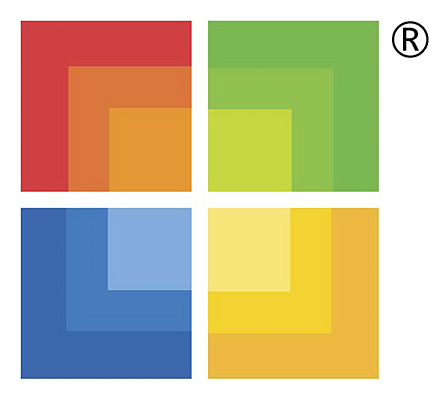Microsoft Suspends Win 7/8.1 Updates For Intel Kaby Lake, AMD Ryzen CPUs

Microsoft suspended updates for Windows 7 and Windows 8.1 users with Intel’s 7th generation (Kaby Lake) processors, AMD’s 7th generation (Bristol Ridge) processors, and Qualcomm’s 8996 processor or newer. The company said before that it wouldn’t release new drivers for older Windows versions to support new hardware, but now it’s stopped Windows 7 and Windows 8.1 users with these new CPUs from scanning or downloading from Windows Update.
The decision makes sense for Microsoft. Windows 7 debuted in 2009, and Windows 8.1 was released in 2013. Neither was made with current generation processors in mind, and in the years since, Microsoft has shifted its focus away from those older operating systems and towards Windows 10. But as we explained in our review of Intel’s Kaby Lake lineup after we experienced problems with HD Graphics 630 on both Windows 7 and Windows 8.1:
This may be a minor concern to enthusiasts who already keep up to date. But the estimated 47% of worldwide computer users who still use Windows 7 (and the 8% on Windows 8.1) need to account for the cost of Windows 10 as part of a Kaby Lake upgrade. Microsoft allows a limited number of component changes before invalidating your OS license, so it is a valid concern if you plan to upgrade an existing system with a 100-series chipset. It’s noteworthy that Microsoft’s official mainstream support for Windows 7 expired in January 2015, but the company has obviously not convinced a majority of users to upgrade. Interestingly, Microsoft still offers ‘mainstream support’ for the unpopular Windows 8 until Jan 2018, though that’s misleading since it isn’t supporting modern processors with the OS.
Not that Microsoft hasn’t tried to warn those people about its decision. The company said in a January 2016 blog post that it would only support new silicon with Windows 10–older operating systems would be restricted to older processors. Here’s what the company said about its plans:
Going forward, as new silicon generations are introduced, they will require the latest Windows platform at that time for support. This enables us to focus on deep integration between Windows and the silicon, while maintaining maximum reliability and compatibility with previous generations of platform and silicon. For example, Windows 10 will be the only supported Windows platform on Intel’s upcoming ‘Kaby Lake’ silicon, Qualcomm’s upcoming ‘8996’ silicon, and AMD’s upcoming ‘Bristol Ridge’ silicon.
Microsoft reiterated that point in August 2016. The question is how many Windows 7 and Windows 8.1 users read the company’s blog posts–many of which are unlikely to appeal to the average consumer–or care about the company’s seemingly arbitrary decision not to update currently supported operating systems to support the latest-and-greatest processors. And the problem is exacerbated by the company’s messaging via Windows Update.
Windows 7 and Windows 8.1 users with new processors who try to scan or download updates via the Windows Update tool are greeted with one of two messages. The first is straightforward: “Unsupported Hardware […] Your PC uses a processor that isn’t supported on this version of Windows and you won’t receive updates.” The second message isn’t quite as clear:
Windows could not search for new updates
An error occurred while checking for new updates for your computer.
Error(s) found:
Code 80240037 Windows Update encountered an unknown error.
So the company published a support article to explain that the way its new support policy was implemented means that “Windows 8.1 and Windows 7 devices that have a seventh generation or a later generation processor may no longer be able to scan or download updates through Windows Update or Microsoft Update.” The company (naturally) advised users affected by this problem to upgrade from their current operating system to Windows 10.
If you planned to upgrade to Kaby Lake, AMD’s Ryzen, or another new processor, then you’ll also finally have to move to Windows 10. This might have been implied by Microsoft’s previous statements–it has repeatedly said that Windows 10 would be the only operating system to support the new processors–but now it’s clear that some people didn’t get the message (hence the support article) and that “will require the latest Windows platform at that time for support” really means “you won’t even be able to search for updates if you buy a new CPU without moving to Windows 10.”